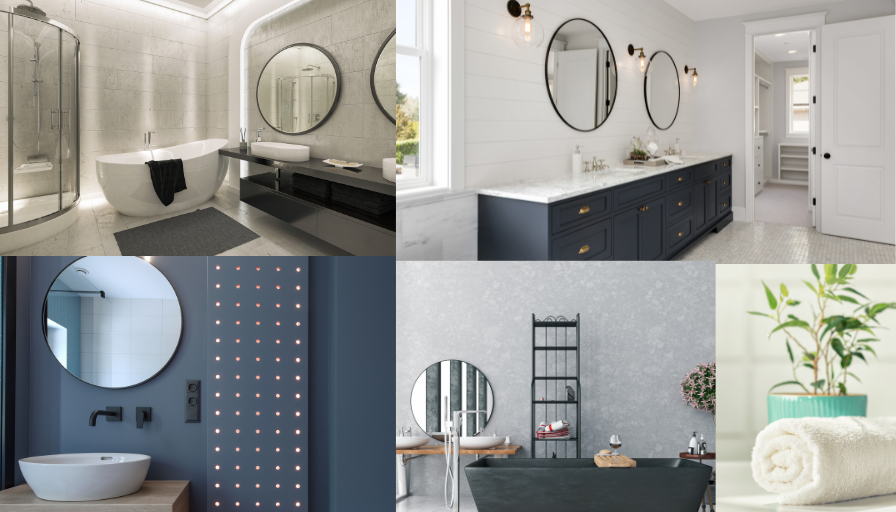Emotions in design
- Leo Kruger
- Aug 3, 2024
- 3 min read

Decor, art, and color play pivotal roles in interior design, shaping not just the aesthetics of a space but also influencing the emotions and well-being of its occupants. These elements can transform a room, creating atmospheres that evoke a wide range of emotions from calm and relaxation to energy and excitement. Understanding the psychological impact of decor, art, and color is essential for creating spaces that resonate emotionally with those who inhabit them.
Decor: Setting the Scene for Emotional Resonance
The choice of decor in a space is integral to setting the tone and atmosphere. Furniture, lighting, textiles, and accessories all contribute to the overall feel of a room. Soft, plush furnishings like overstuffed sofas, thick rugs, and cozy throws can create a sense of comfort and relaxation, making a space feel inviting and homely. In contrast, sleek, minimalist furniture and sharp, clean lines can evoke feelings of modernity and sophistication, often creating a more energetic and focused environment.
Lighting is another crucial aspect of decor that significantly impacts emotions. Soft, warm lighting can make a room feel cozy and intimate, perfect for relaxation and unwinding. On the other hand, bright, natural light can energize a space, making it feel open and airy, which can be uplifting and invigorating. The strategic use of decor elements allows designers to craft spaces that not only look good but also feel right to those who use them.
Art: Creating Emotional Depth and Personal Connection
Art has a unique ability to evoke emotions and tell a story within a space. Whether it's a painting, sculpture, or photograph, art can serve as a focal point that draws the eye and engages the mind. The subject matter, colors, and style of artwork all contribute to the emotional tone it sets.
Abstract art, with its often ambiguous and fluid forms, can evoke a range of emotions from calm contemplation to intense curiosity. Realistic art, depicting serene landscapes or dynamic cityscapes, can transport viewers to different places and times, invoking feelings of peace or excitement. Personal photographs or custom pieces can add a layer of emotional depth, making a space feel personal and uniquely reflective of its inhabitants' experiences and values.
Moreover, the placement of art can influence its emotional impact. A large, bold piece in a central location can command attention and set the emotional tone for the entire room, while smaller, more subtle pieces can create a sense of discovery and intimacy as they are noticed gradually.
Color: The Emotional Blueprint of a Space
Color is perhaps the most immediate and powerful tool for evoking emotions in interior design. Different colors can have vastly different psychological effects. Warm colors like reds, oranges, and yellows are often associated with energy, warmth, and comfort. They can make a space feel cozy and inviting but can also be stimulating and exciting. These colors are ideal for social spaces like living rooms and dining areas where energy and interaction are encouraged.
Cool colors like blues, greens, and purples are generally calming and soothing. They can create a sense of tranquility and relaxation, making them perfect for bedrooms and bathrooms where a peaceful atmosphere is desired. Neutral colors, including whites, grays, and beiges, provide a versatile backdrop that can be either calming or invigorating, depending on their shade and the other colors they are paired with.
The intensity and saturation of a color also play a role in its emotional impact. Bright, saturated colors are more stimulating and can make a space feel more vibrant and lively. In contrast, softer, muted tones tend to be more calming and understated, contributing to a serene and relaxed atmosphere.
Decor, art, and color are fundamental elements in interior design that work together to evoke emotions within a space. Through thoughtful selection and arrangement, these elements can transform any environment into a place that not only looks beautiful but also feels right. Whether aiming to create a calm sanctuary or a vibrant social hub, understanding the emotional impact of decor, art, and color is key to successful interior design.
Leo Kruger
TF Furnishers




Comments